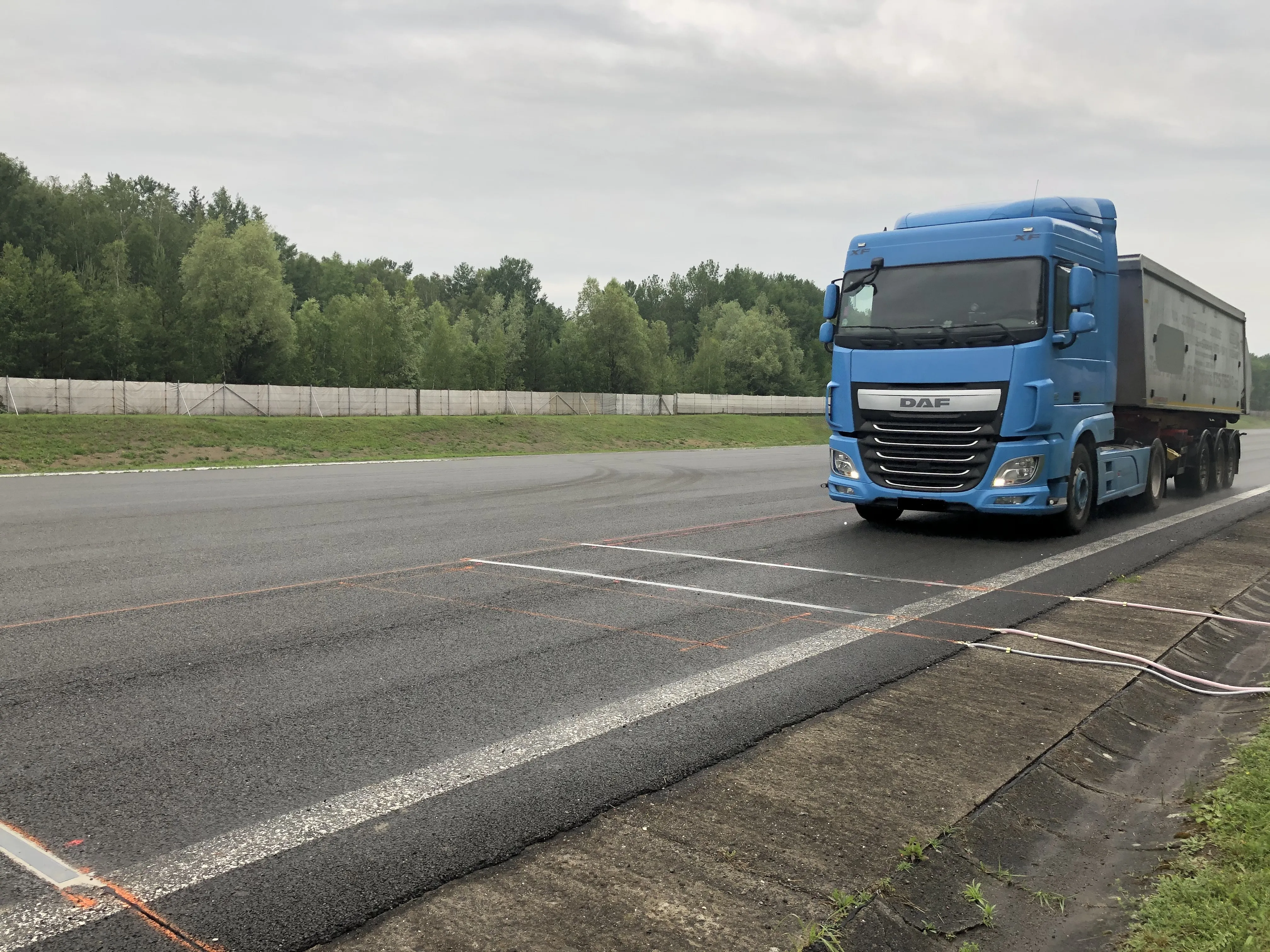
Bangladesh has given the green light to its first dedicated ITS contract, covering a 252km section of road between Joydevpur and Rangpur.
Bangladeshi highways contractor National Development Engineers (NDE) and Chinese firm FiberHome Telecommunication Technologies Co have signed the $18m deal with the Roads & Highways Department of Bangladesh.
They will be joint venture partners for the Sasec Road Connectivity Project 2 (Package 15), financed by Asian Development Bank (ADB), which is expected to be complete by the end of 2023.
NDE's part of the solution will be executed by NDE subsidiaries NDE Solutions and MCC.
“This project is significantly important for Bangladesh as it will pave the way for many such projects in the future,” said Riyad Husain, MD of NDE Solutions.
He points out that Bangladesh has GDP above 6.9% even after the global pandemic and says there has been a large amount of public sector spending towards infrastructure development in the country over the past decade.
A Weigh in Motion (WiM) system will form part of the new contract, in addition to LED-enabled variable message signs (VMS) installed on steel gantries, and systems for automated incident reporting, surveillance, traffic and vehicle data collection and speed detection.
These will be integrated into a traffic management centre (TMC) at the Road Operation Unit in Bangladesh's capital, Dhaka.
The TMC will analyse and display all the data and information coming from the ITS, with managers able to manage traffic and respond to incidents and emergencies in real time.
There will be three axle-load control stations with medium speed WiM, where weight and class of the vehicles passing through will automatically be recorded and sent to the TMC.
If found overweight, they would be reported automatically by the system to Roads & Highways and any other relevant enforcement authority for further checking or action.
“The project will greatly improve transportation safety and traffic mobility," said MCC chairman Maksudul Islam.
"It is a perfect example of how technology can enhance our country’s infrastructure".










